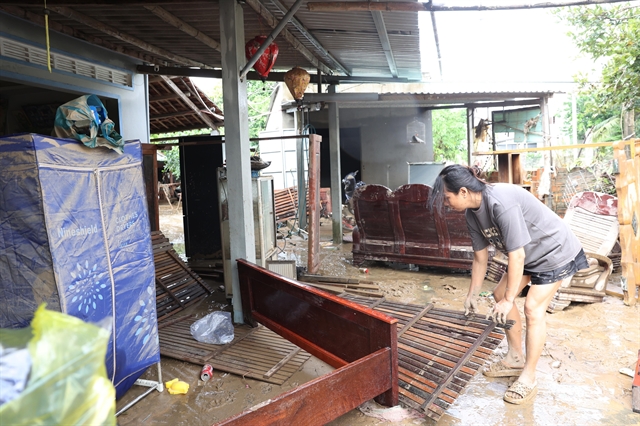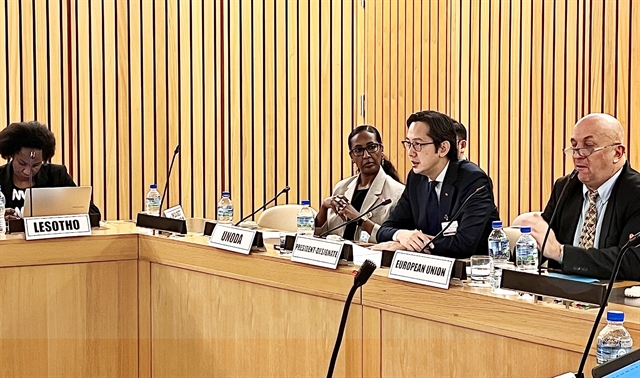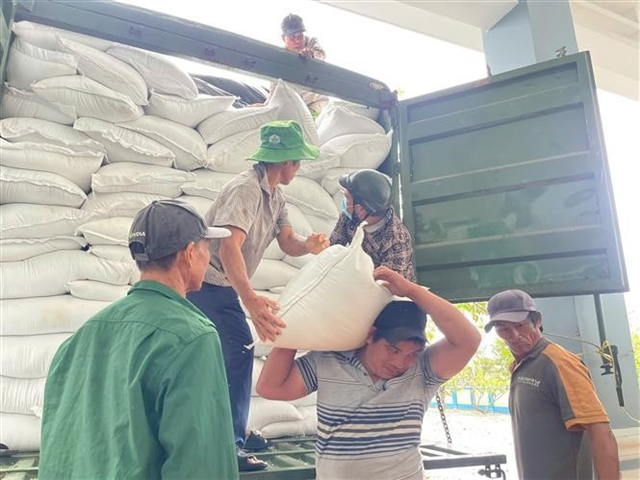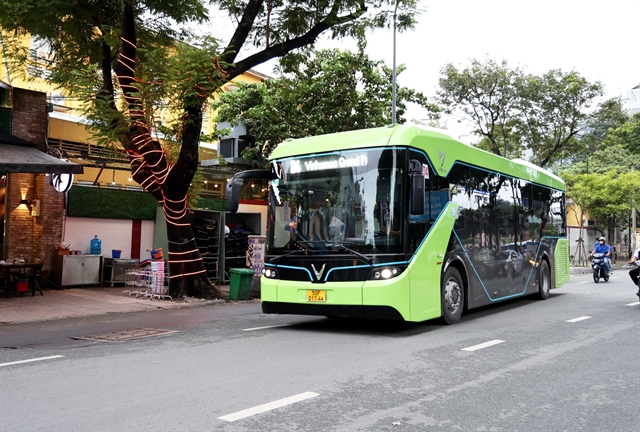 Environment
Environment
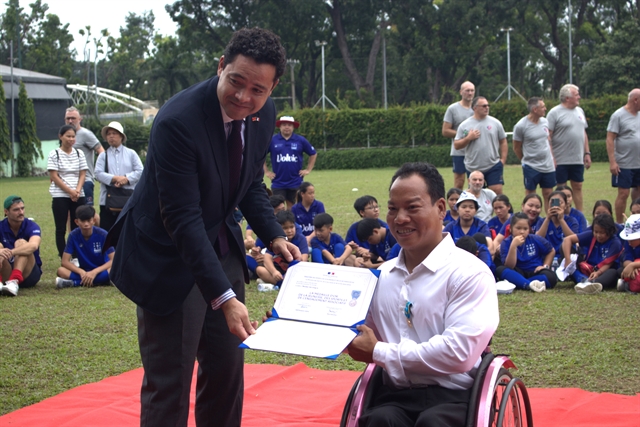
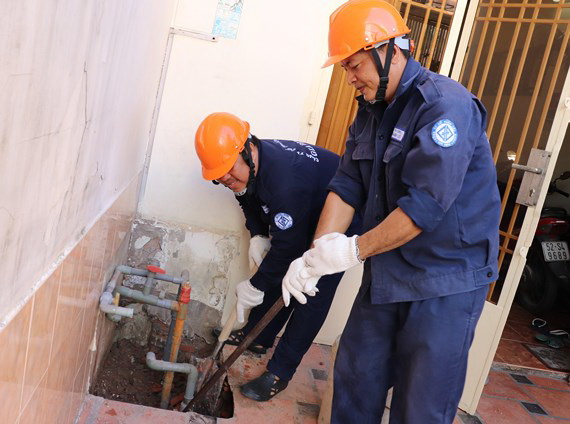
|
| Workers from the Gia Định Water Supply JSC fill a well in Ward 11, Bình Thạnh District.VNS File Photo. |
HCM CITY A number of wells that have been supplying large quantities of water in HCM City are being filled up since the city’s 100,000 or so wells have been identified as one of the main reasons for land subsidence.
On June 21, for instance, the well at Nguyễn Đăng Dương’s home on Nguyễn Văn Đậu Street in Bình Thạnh District was closed by workers from the Gia Định Water Supply Company.
The well provided water for Dương’s family for over 15 years. He said when he dug the well there was no water supply in his house.
“Now that clean water is available I accepted the proposal to fill in the well to prevent ground collapses and prevent groundwater pollution.”
The Gia Định Water Supply Company has been entrusted with closing 17,000 wells in districts 3, Bình Thạnh, Phú Nhuận, and Gò Vấp.
Nguyễn Văn Đắng, its director, said the company has collaborated with district authorities to persuade people living in these districts to fill their wells and use tap water instead.
Đắng said the company plans to fill up some 2,000 wells this year and 3,000 drilled next year, and 12,000 families would switch from groundwater to tap water between 2021 and 2025.
The company provides a subsidy of VNĐ1.2 million to a household that fills up its well.
Bùi Thanh Giang, deputy general director of the Sài Gòn Water Corporation (Sawaco), said the company has pledged to reduce the volume of groundwater used per day from the current 100,000cu.m to 30,000cu.m by 2025.
To achieve these targets while ensuring supply of clean water to households, Sawaco will use water from new facilities like the Thủ Đức Water Plant No 3 and Tân Hiệp Water Plant No 2, which provide a total of 600,000cu.m a day.
However, it will take several years to fill in the existing drilled wells, while huge investments are required to build the pipeline networks to bring clean water to the city’s residents.
Giang said his company has a road map for reducing the use of groundwater: 90,000cu.m per day this year, down 10 per cent from 2018; 70,000cu.m in 2020, and 49,456cu.m between 2021 and 2023.
It would also cut the use of groundwater at the Tân Phú Plant to 33,000cu.m per day this year and 30,000cu.m by 2025, he added.
In addition to filling up wells, other solutions are also required to prevent ground subsidence, according to Trần Văn Tường, a HCM City Engineer, who said construction of high-rise buildings on weak foundations is another reason for it.
Filling wells is much easier than shoring up high-rise buildings built on weak foundations, he pointed out.
Official agencies must be firm in rejecting applications for building high-rise buildings and drawing ground water for household use in vulnerable areas, he said.
Reservoirs should be built to store water and groundwater must be carefully managed, he said.
For the long term authorities must conduct studies on wastewater treatment so that it could be used again after treatment, he added. VNS

